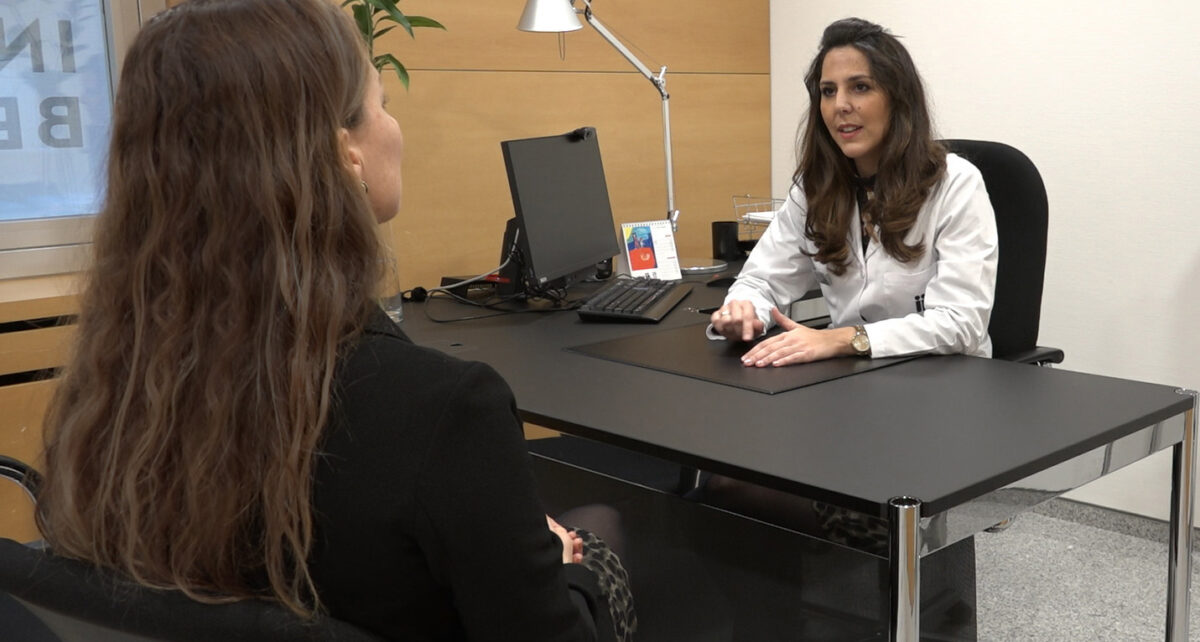
Safety and comfort in the Assisted Reproduction Technique
Those of us who are lucky enough to work in Assisted Reproduction have experienced great advances during our professional careers that will undoubtedly constitute historical milestones in medical science forever. Since the birth of the first “test tube girl” in 1978, the development of new techniques has been continuous. In vitro fertilization, ovarian stimulation, embryo freezing, egg donation, intracytoplasmic microinjection, embryo culture, preimplantation genetic diagnosis, oocyte freezing…).
Sometimes my patients ask about my opinion about the most important advance in reproductive medicine and I always answer that the real advance in the most recent years is in “comfort” and “safety“. We have gone from obtaining the oocytes through laparoscopy under general anaesthesia to a transvaginal procedure with sedation that does not even require an overnight stay in the clinic. We are advancing in the knowledge of the ovarian response, which has allowed us to reduce visits and analytical controls. We have made treatments so easy that women who live far away from our clinic can carry out our personalized protocols without having to leave their social environment for long periods and, more importantly, without losing efficacy.
However, not everything is done, we have to continue in working to make treatments more comfortable and safer. The improvements in the success rates achieved above all by the work of our colleagues in the laboratory, the embryologists, have made us change concepts that we had deeply ingrained. In general, we thought that to achieve the highest probability of pregnancy we had to take risks. The two most important complications in IVF treatments have always been ovarian hyperstimulation and multiple pregnancy.
Hyperstimulation reduction
All of it has definitely changed, we currently have strategies that gives us a high number of eggs avoiding hyperstimulation syndrome. This has made us improve the efficacy and safety of treatments. We obtain more eggs with less risk and less discomfort for patients, in fact, most patients are able to return to their normal working life the day after the eggs are collected.
Multiple pregnancy reduction
On the other hand, advances in laboratory have allowed us to obtain embryos with a greater probability of implantation. With this, we have improved the chances of pregnancy by transferring a smaller number of embryos to the uterus and therefore reducing the risks of multiple pregnancy. Currently, the usual practice is the transfer of a single embryo. This way we can maintain the chances of getting pregnant by minimizing the risk of multiple pregnancy. Currently, the risk of multiple pregnancy in IVF treatments can be even lower than that of any couple with natural conception.
Continuous technical advances are being incorporated into our daily work and we are continually changing the way we do things. Always with a clear objective that is to give couples the maximum probability of success without losing sight of the comfort and safety of the treatments.
